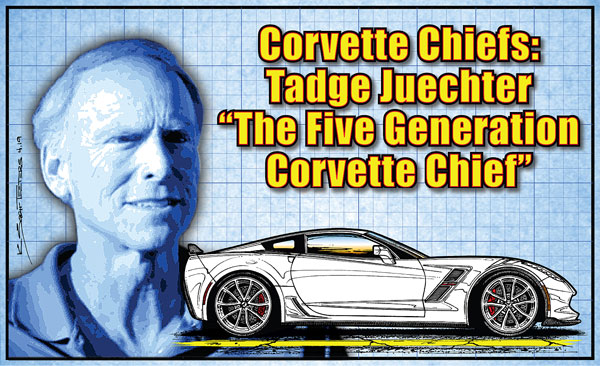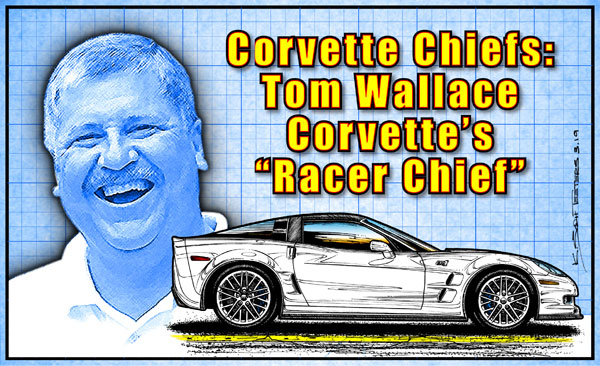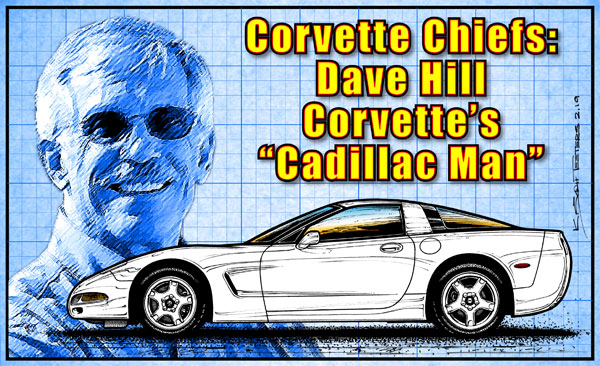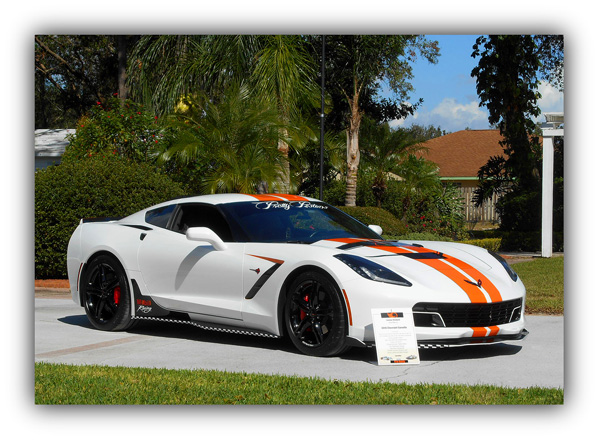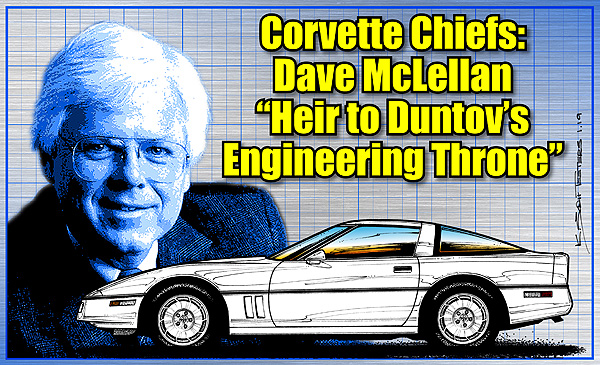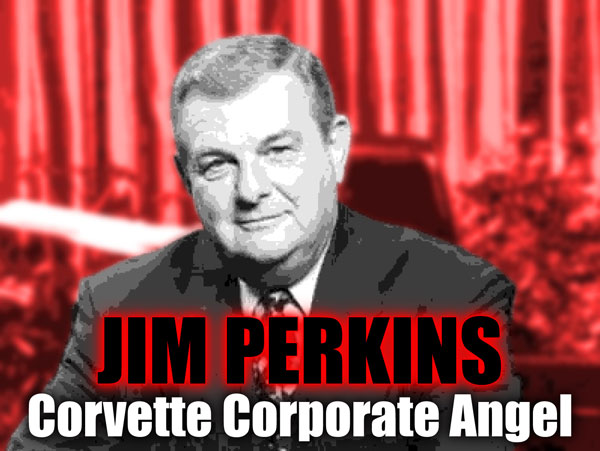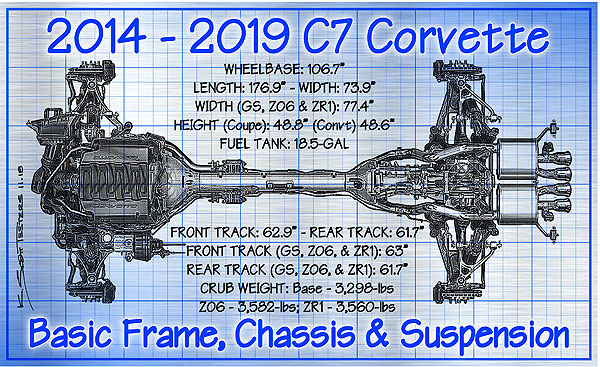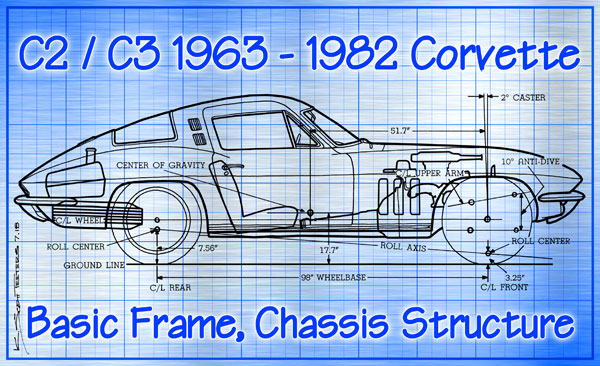All five Corvette chief engineers contributed mightily and in their own unique ways. But only Tadge Juechter has the distinction of having done hard engineering on five generations of Corvettes. When Juechter went to work in 1993 as chief engineer Dave Hill’s right-hand-man, there were two objectives; keep the then-current C4 fresh and interesting; and design and develop the most revolutionary Corvette to that date, the C5. After Hill’s retirement, Tom Wallace was Vehicle Line Engineer (VLE) and chief engineer for the Corvette. Wallace accessed that because of Juechter’s 15 years of experience, he was the right man for the chief engineer position. Read More
Search Results for: Duntov
Corvette Chiefs, Pt. 4 of 5 – Tom Wallace, Racer C6 Chief Engineer
Dave Hill was the VLE of Performance Car that included Corvette, Cadillac XLR, Saturn Sky, Pontiac Solstice, Opel GT. One day during a group vehicle-program review meeting with Bob Lutz; Wallace heard Hill outlining the Z06 with 505-horsepower and a dry-sump oil system, he said to himself, “What the!” Wallace said to Lutz, “My goodness, this is unbelievable. Do you know what Dave is about to do?” Wallace said that some of the VLEs had no idea what Hill was talking about. When Wallace expressed real concern about selling 505-horsepower cars to novice customers, it was explained to him that only select dealers get Z06s. These dealers understand performance and coach customers to have respect for the car and help get them into a driver’s school. Read More
Corvette Chiefs, Pt 3 Dave Hill
Dave Hill once said, “My favorite Corvette is the next one.” Mr. Cadillac insisted on three key things; state of the art performance and technology; passionate design; and tremendous value. In an interview with c6registry.com, Hill said, “Being involved with Corvette brings out the best in all of us who have the privilege of working on it. It represents the best that GM has to offer; along with the best America has to offer. The Corvette is very personal. We’re not talking about transportation here; we’re talking about a product that changes someone’s lifestyle, and that causes us to be enthusiastic about our duty.” Read More
Joanne Woodard’s 2016 Custom Z51 Daily Driver
We all have a story about “the day” a Corvette grabbed your attention and never let go. For Joanne Woodard of Avon Park, Florida, the Corvette contagion occurred in 1986 when a Classic White 1974 350 Corvette stung her. 1974 was a pivotal year for Corvettes, as it was the first year that a Corvette did not have exposed chrome bumpers. This was a big deal because all Detroit cars had to abide by the new front and rear safety crash bumper government regulations. The 1973 Stingray had a soft bumper cover on the front and the 1968-1972 chrome bumpers on the rear. 1974 was the beginning of the chrome-less Corvettes. Read More
Corvette Chiefs, Pt. 2 of 5 – Dave McLellan
When Dave McLellan took over as Corvette’s new chief
engineer on January 1, 1975, it was whole new world. The prevailing trends went from performance cars to safer cars with reduced emission. Not even Duntov could have made a difference in the ‘70s. But as performance went down, Corvette sales went way up! The sales department was happy, but the Corvette was really getting old. Dave McLellan was an unknown to the Corvette community and many wondered what he would bring to the brand. It turned out; he brought a lot! Read More
Jim Perkins Tribute: R.I.P. Corvette Corporate Angel
After graduating from high school, Perkins took courses at Baylor then served three years in the Navy. After his discharge from the Navy, he took a low-level job, sorting parts at a Chevrolet warehouse, while completing his college courses. With his Navy experience and eventual degree, Perkins quickly rose through the ranks at Chevrolet in Sales & Service. In the mid-‘70s, he landed a peach-of-a-job working for then GM president, Pete Estes. That’s where Perkins learned the ropes of GM corporate life. Read More
Corvette Chassis History, Pt 6: The C7 Chassis Tadge Juechter Built
When Tadge Juechter’s C7 Corvette debuted, fans were stunned to learn that the base model C7 was built an even better version of the Z06’s aluminum chassis. But wait, there’s more! The same new aluminum chassis would be used for the coupe AND convertible Corvette. This was a major breakthrough and bespeaks of advanced engineering. Here’s how Juechter’s team did it.
Juechter’s objective was to build a modern performance car that delivered enhanced driving experience, more efficiency that yielded more performance. Every element had to contribute to the overall performance and there would be nothing fake. That explains everything that we see on the C7 Corvette, but what’s unseen is even more amazing. Read More
Corvette Chassis History Pt. 2: C2/C3 1963-1982
The genius of Duntov’s chassis was how much lower the center of gravity was. Chevrolet engineer Maurice Olley was a production car chassis and suspension expert when he designed the C1 chassis. As a racing expert, Duntov knew he had to get the center of gravity much lower. The C1’s chassis had a parameter frame with x-bracing in the center for rigidity. The car’s occupants sat on top of the frame. Everything measured from there; the cowl height, engine height, and everything else. Read More

